Inherit and promote achievements
With a large number of administrative units to be rearranged and merged, ranking 6th nationwide (2 district-level units, 77 commune-level units), Nam Dinh has determined that this is a difficult and complicated task, with profound impacts on politics and socio-economic life.
From the experience and results of the arrangement of commune-level administrative units in the 2019-2021 period and the arrangement and merger of villages (hamlets) and residential groups in the 2021-2022 period in the province (reduced by 42%), the province has implemented processes and procedures for the arrangement of district and commune-level administrative units according to the direction of the Central Government, ensuring quality and exceeding the set schedule.

A corner of Nam Dinh city seen from above
Nam Dinh is the first unit in the country to complete the project of arranging administrative units at district and commune levels for the period 2023-2025 and submit it to the Ministry of Home Affairs (45 days ahead of the registration deadline).
From September 2024, the newly formed administrative units after the reorganization will come into operation, ensuring continuous, normal, effective and efficient operations, without disrupting the lives and activities of people and the production and business activities of units and enterprises located in the area.
Streamlining the apparatus while opening up new development space
After half a year of implementation, the administrative unit arrangement in Nam Dinh has achieved positive results, typically Nam Dien commune, the first unit of Nam Truc district to implement the arrangement of commune-level administrative units in the period 2023-2025.
Mr. Dao Ngoc Dung, Chairman of Nam Dien Commune People's Committee, said that the commune was established on the basis of merging 3 communes: Nam Toan, Nam My, Dien Xa. After the merger, the commune has an area of 18.65 km2, with a population of nearly 27,000 people. The area is large, the population is dense, and customs between communes are different; meanwhile, the facilities and administrative infrastructure are not yet synchronized, so the organization of the apparatus encountered many initial difficulties.
However, thanks to careful preparation, the staff was arranged and assigned tasks scientifically, so the work still took place continuously and smoothly, administrative procedures were processed quickly, promptly, and without interruption.
Ms. Tran Thi Na (residing in Nam Dien commune) shared: “Since the merger, I have seen that the new apparatus operates very effectively. Administrative procedures are quick and easy, without having to travel much. We feel very satisfied and confident.
The new commune also organizes many community-building activities, helping people get closer to each other, creating opportunities to exchange and learn farming experiences. Thanks to that, the village and neighborhood relationships are increasingly close and developed.
In fact, after more than half a year of implementation, the arrangement of commune-level administrative units has brought results, contributing to streamlining and improving the efficiency of local government apparatus operations, creating conditions to expand development space, applying science and technology to large-scale agricultural and commodity production, contributing to economic promotion.
The Chairman of the People's Committee of Nam Dien commune said that in 2023, the average income per capita in the area will reach 75 million VND/person/year; in 2024, the average income per capita will increase to about more than 83 million VND/person/year, equivalent to an increase of over 10%.
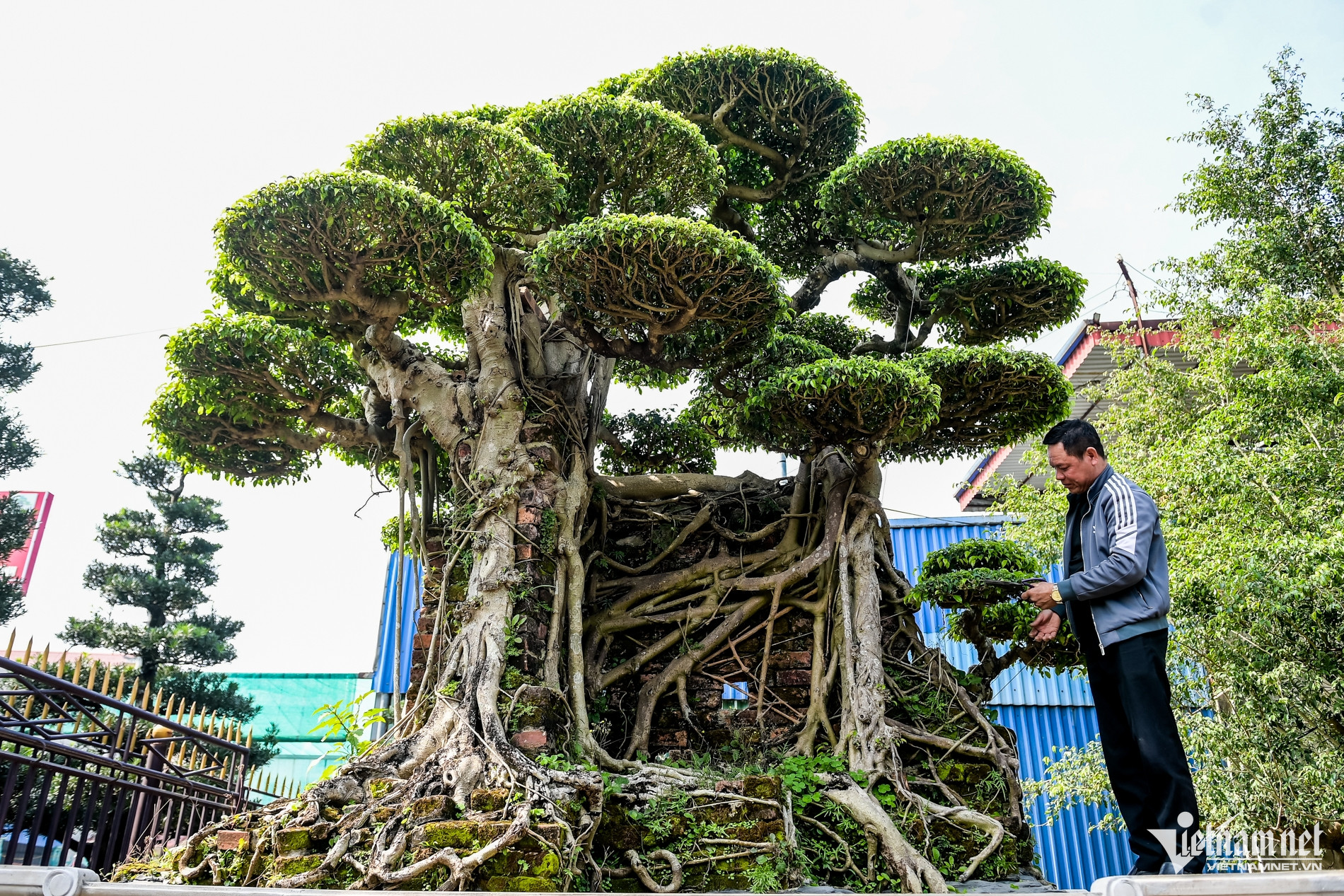
The main economy of Nam Dien commune is growing flowers and ornamental plants.
The Chairman of Nam Dien Commune said that, if in the past, each commune had its own strengths such as Nam Toan commune was famous for kumquat and tea; Nam My commune grew peaches for Tet; Dien Xa developed construction trees and bonsai, then after the merger, the communes were oriented to promote their combined strengths.
In the coming time, the locality aims to build a concentrated flower and ornamental plant production area, combining the development of experiential and ecological tourism and organizing traditional festivals associated with product introduction, both preserving cultural identity and increasing income, creating sustainable livelihoods for people.
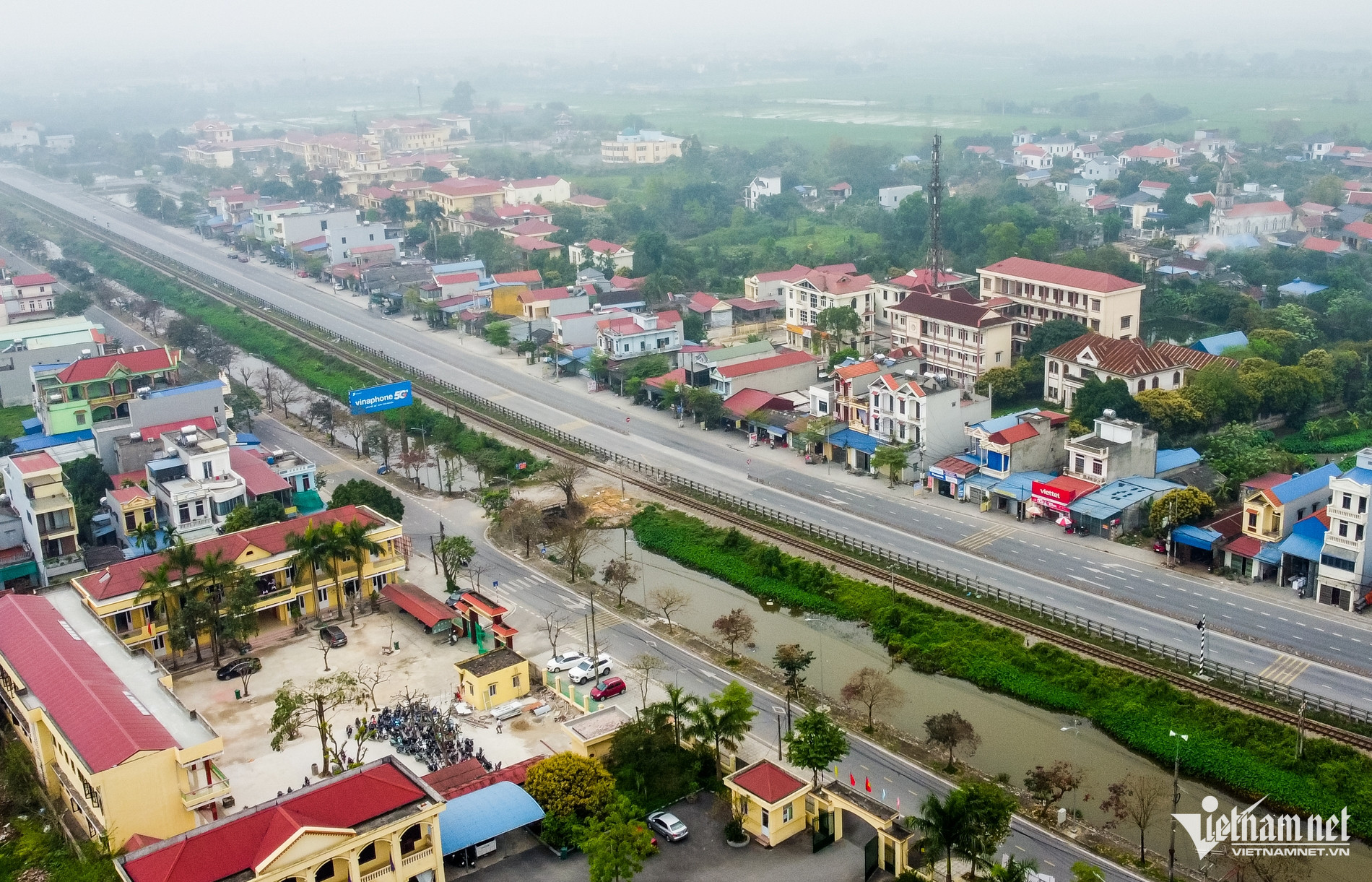
My Loc district (old) now belongs to Nam Dinh city
In Nam Dinh City, the unit has just arranged and merged wards and communes; and merged My Loc district into the city to expand administrative boundaries, which has also had a clear change.
Mr. Dang Lai Dung, Chairman of the People's Committee of Hung Loc Ward, one of the new wards of Nam Dinh City established on the basis of merging My Hung Commune and My Loc Town of the old My Loc District, shared: "We determined that the merger is not only a change in administrative boundaries but also an opportunity to streamline the government apparatus to better serve the people. Since the merger into the city, the ward has invested heavily in infrastructure, with projects to upgrade roads, install public lighting systems, renovate schools...".
The Chairman of the People's Committee of Hung Loc Ward said that in 2024, the average income per capita in the ward will reach 87 million VND/year, an increase compared to 82 million VND/year in 2023. The target for 2025 is that the average income per capita in the area will reach 90 million VND/year.
Ms. Do Thi Ha (residing in Hung Loc ward) expressed: “The most obvious benefit that we, the people, see after the merger is that the roads have been upgraded, making travel very convenient. My child’s school has also been renovated and renovated. The urban appearance is more spacious every day, and life is also improving accordingly.”

Administrative procedures are processed quickly and without interruption after the merger.
After being upgraded from a commune model to a ward, Hung Loc ward has focused on restructuring its industries and shifting its economic structure towards industry, trade and services, in line with the orientation of industrialization, modernization and urbanization. At the same time, it has gradually limited the small-scale, fragmented production characteristic of rural areas. Thereby, it has contributed to job creation, income improvement and stabilizing people's lives.
Vietnamnet.vn
Source: https://vietnamnet.vn/bai-hoc-cua-tinh-thuoc-nhom-di-dau-ca-nuoc-ve-sap-nhap-don-vi-hanh-chinh-2389486.html


![[Photo] The two Prime Ministers witnessed the signing ceremony of cooperation documents between Vietnam and Ethiopia.](https://vstatic.vietnam.vn/vietnam/resource/IMAGE/2025/4/15/16e350289aec4a6ea74b93ee396ada21)

![[Photo] National Assembly Chairman Tran Thanh Man attends the summary of the organization of the Conference of the Executive Committee of the Francophone Parliamentary Union](https://vstatic.vietnam.vn/vietnam/resource/IMAGE/2025/4/15/fe022fef73d0431ab6cfc1570af598ac)
![[Photo] General Secretary To Lam receives Ethiopian Prime Minister Abiy Ahmed Ali](https://vstatic.vietnam.vn/vietnam/resource/IMAGE/2025/4/15/086fa862ad6d4c8ca337d57208555715)
![[Photo] Welcoming ceremony for Prime Minister of the Federal Democratic Republic of Ethiopia Abiy Ahmed Ali and his wife](https://vstatic.vietnam.vn/vietnam/resource/IMAGE/2025/4/15/77c08dcbe52c42e2ac01c322fe86e78b)
![[Photo] Prime Minister Pham Minh Chinh holds talks with Ethiopian Prime Minister Abiy Ahmed Ali](https://vstatic.vietnam.vn/vietnam/resource/IMAGE/2025/4/15/4f7ba52301694c32aac39eab11cf70a4)
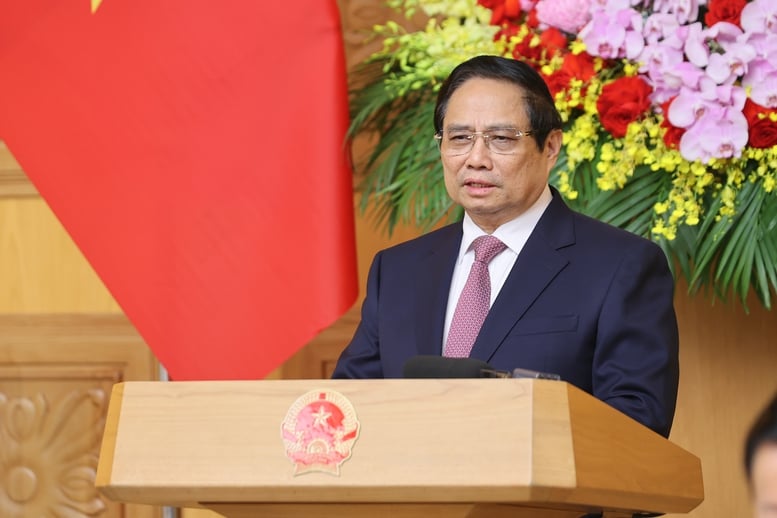

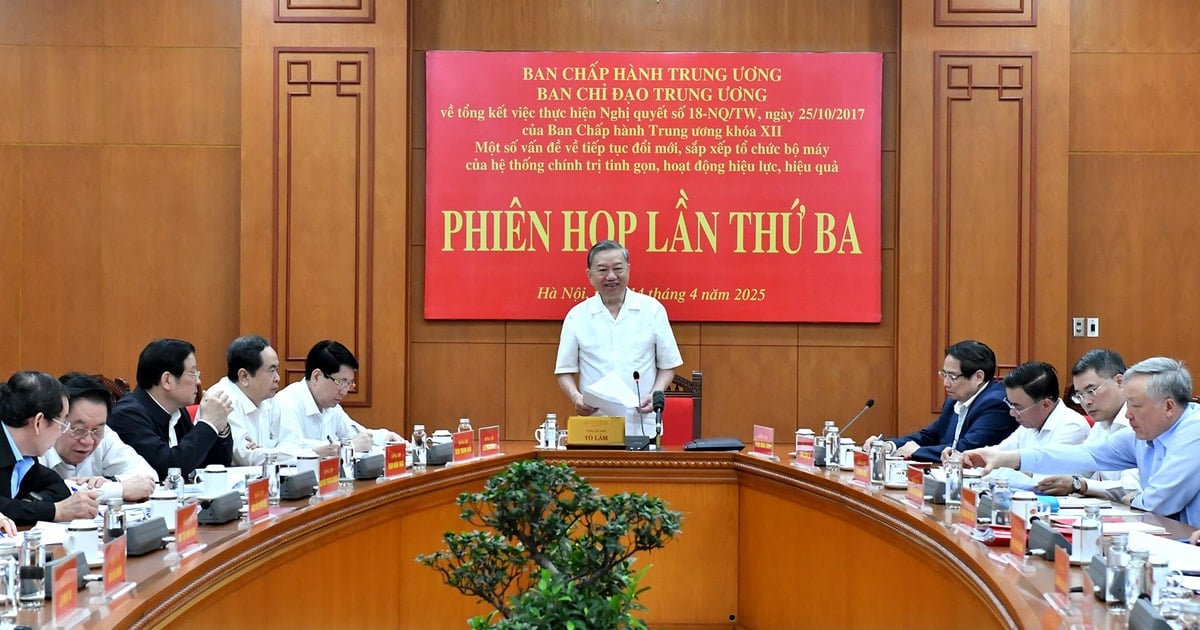

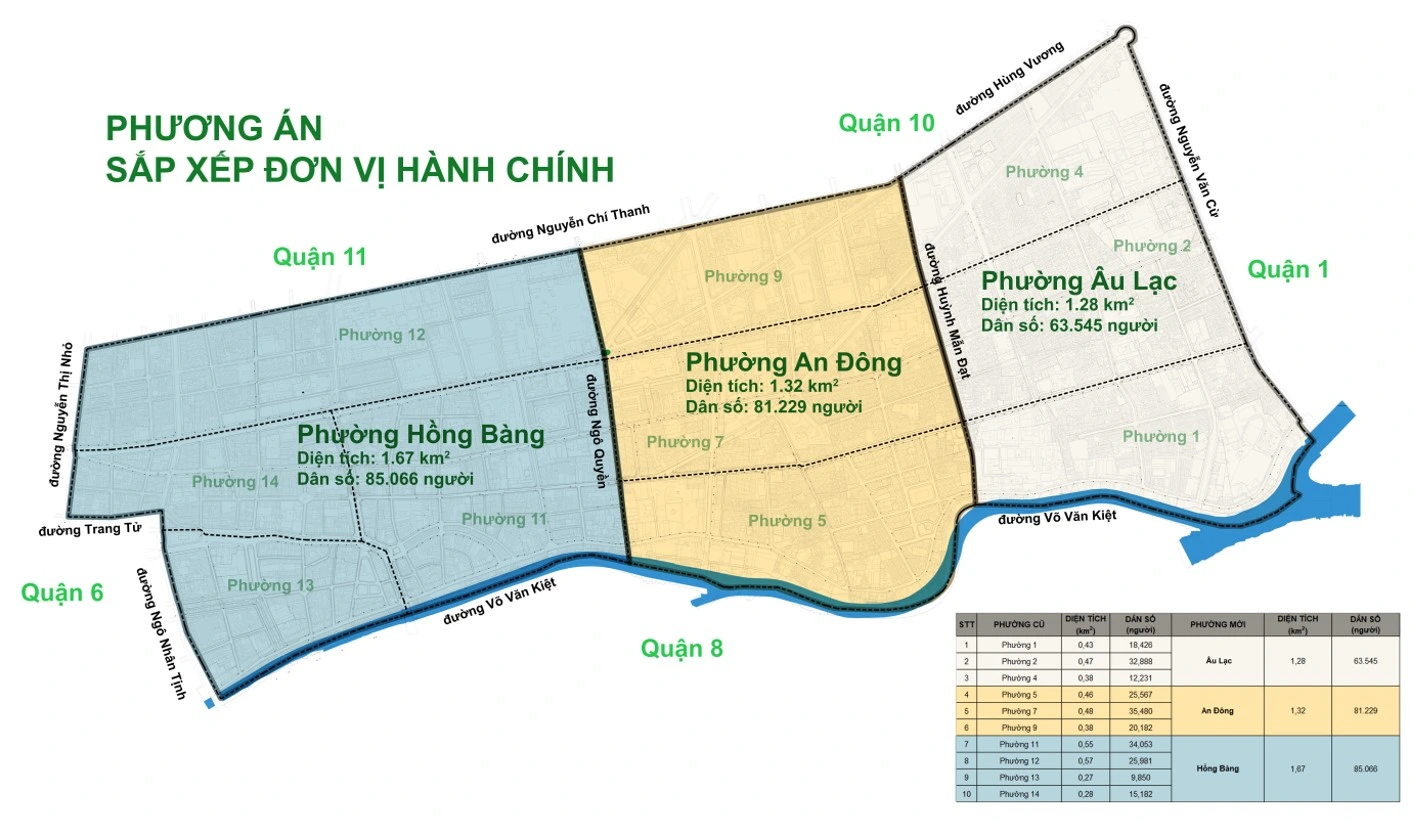



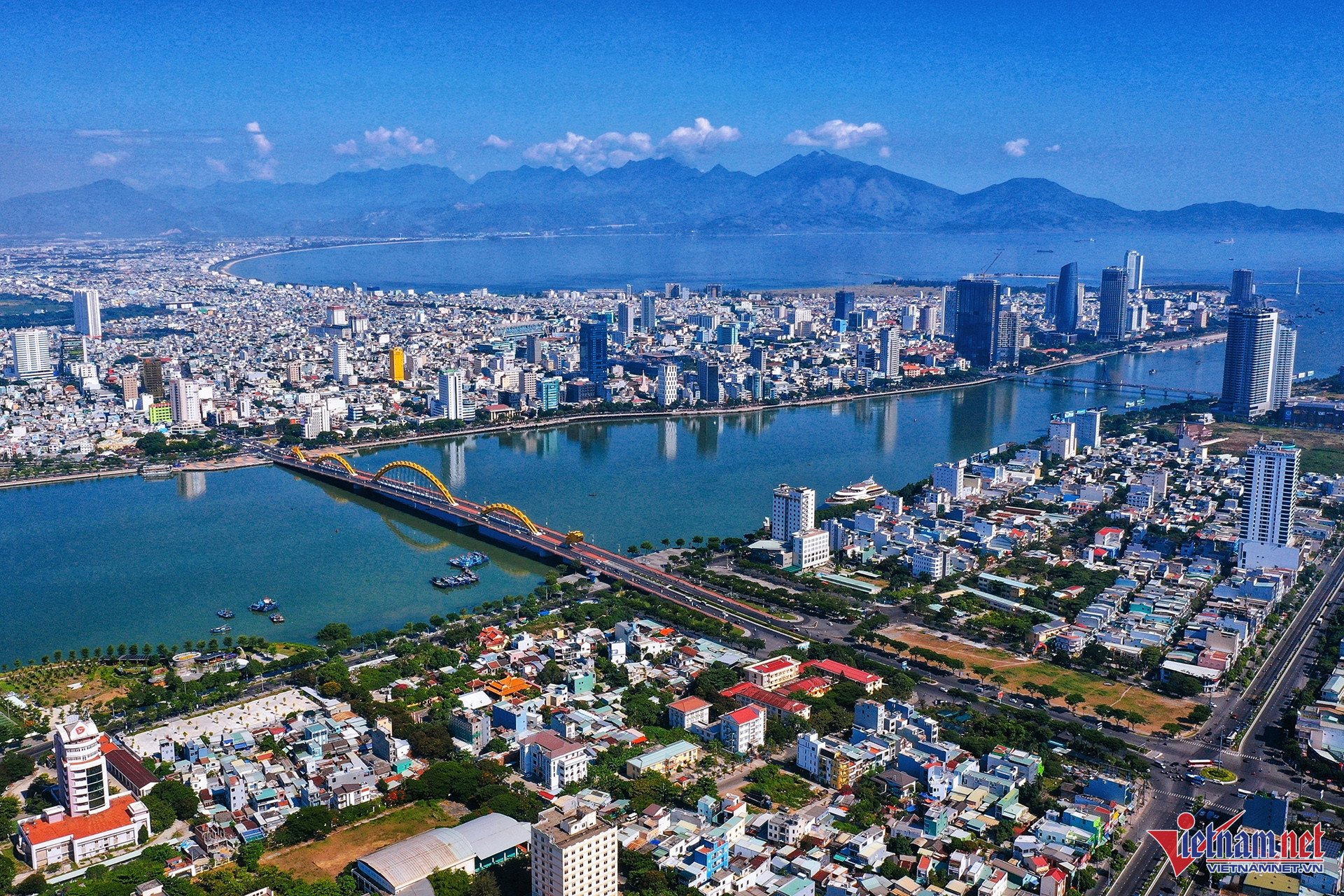





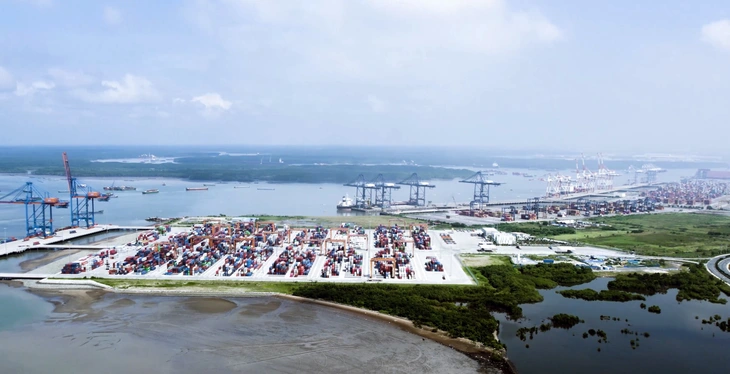








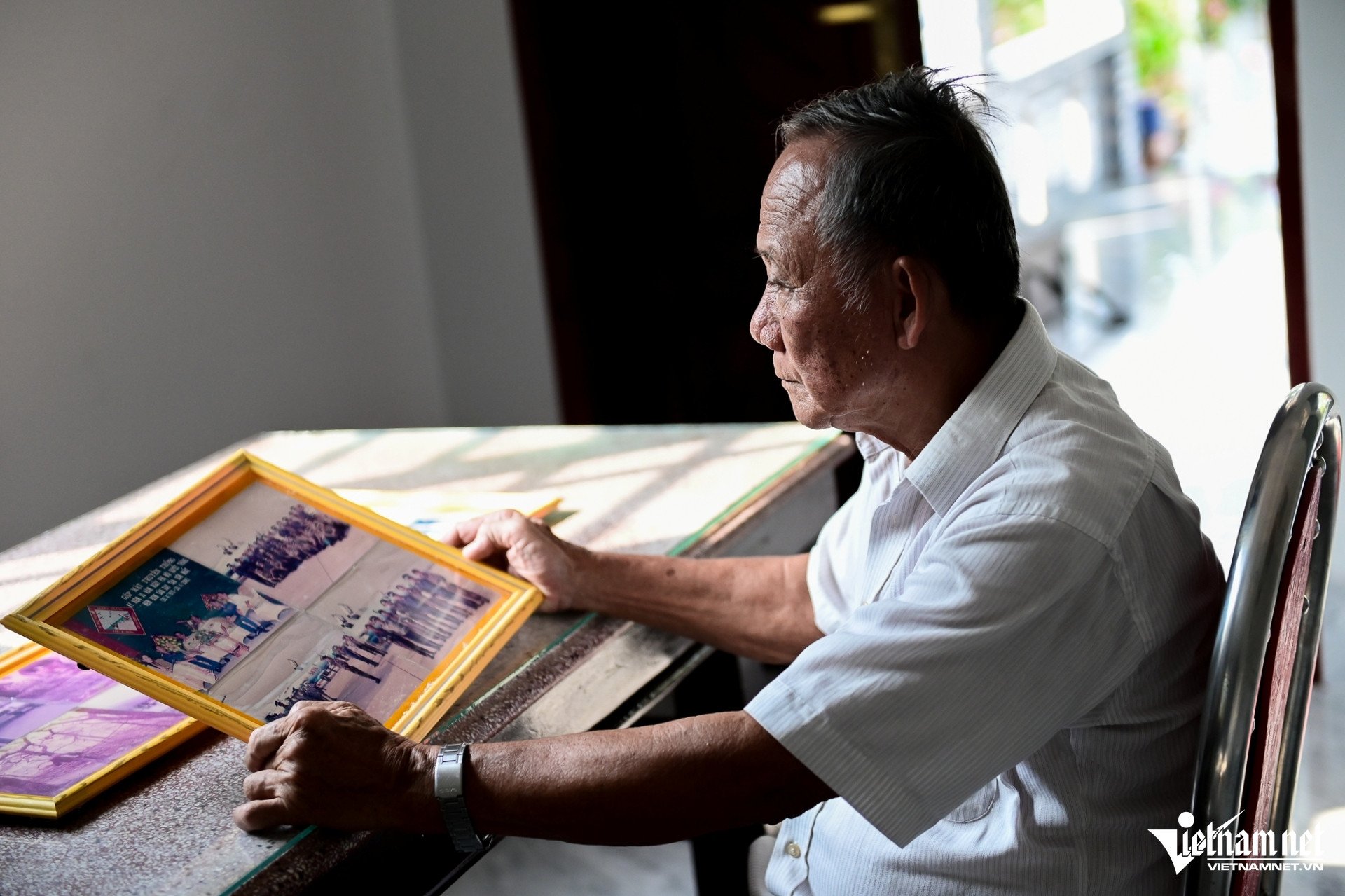

![[Photo] General Secretary To Lam meets with veteran revolutionary cadres, meritorious people, and exemplary policy families](https://vstatic.vietnam.vn/vietnam/resource/IMAGE/2025/4/15/7363ba75eb3c4a9e8241b65163176f63)





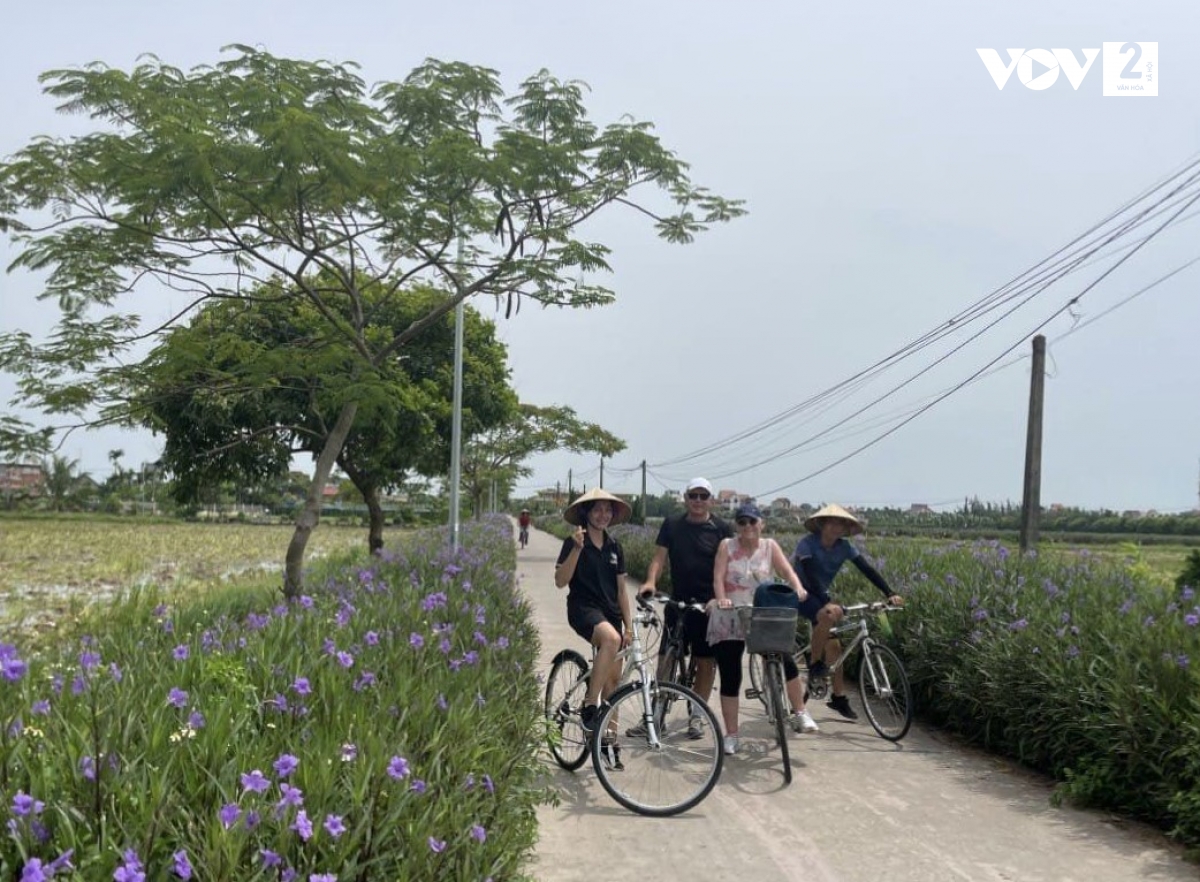

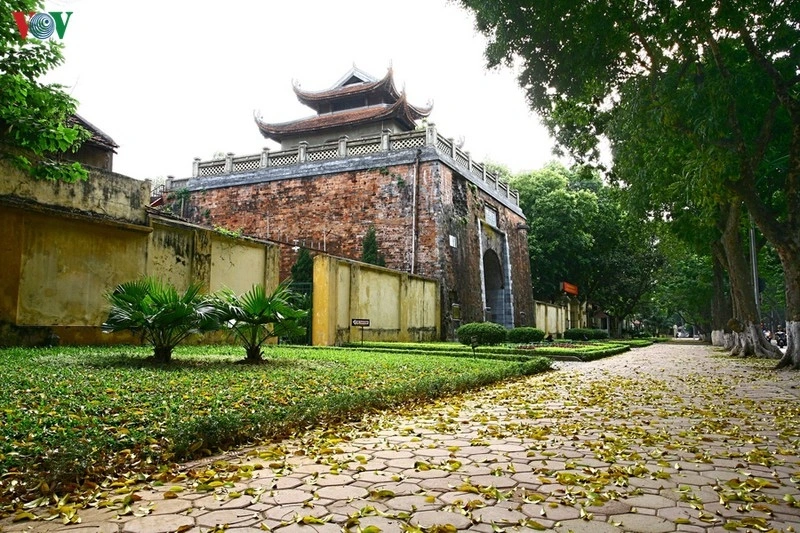























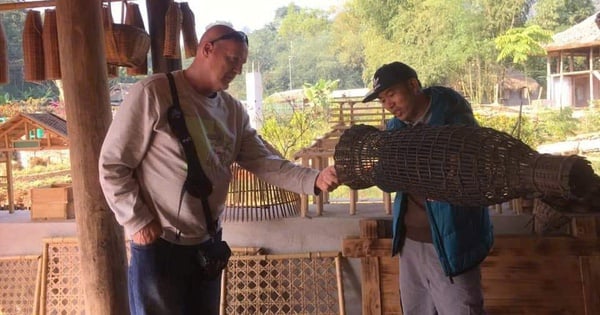

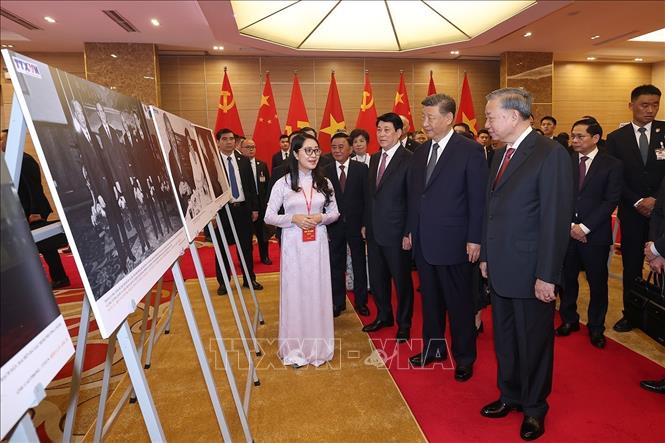




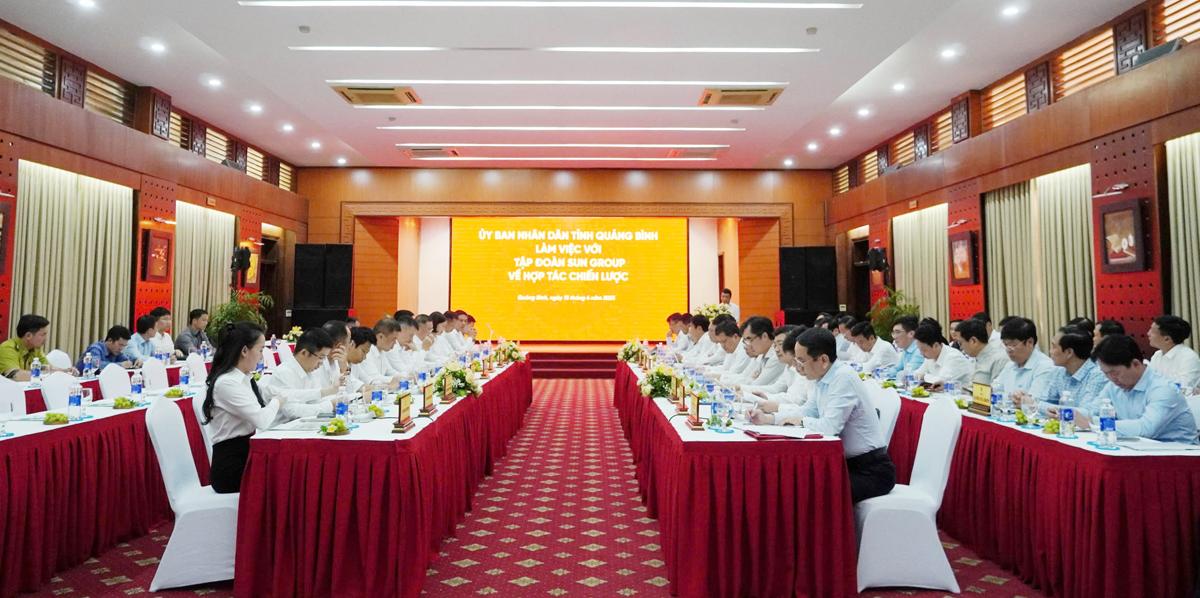


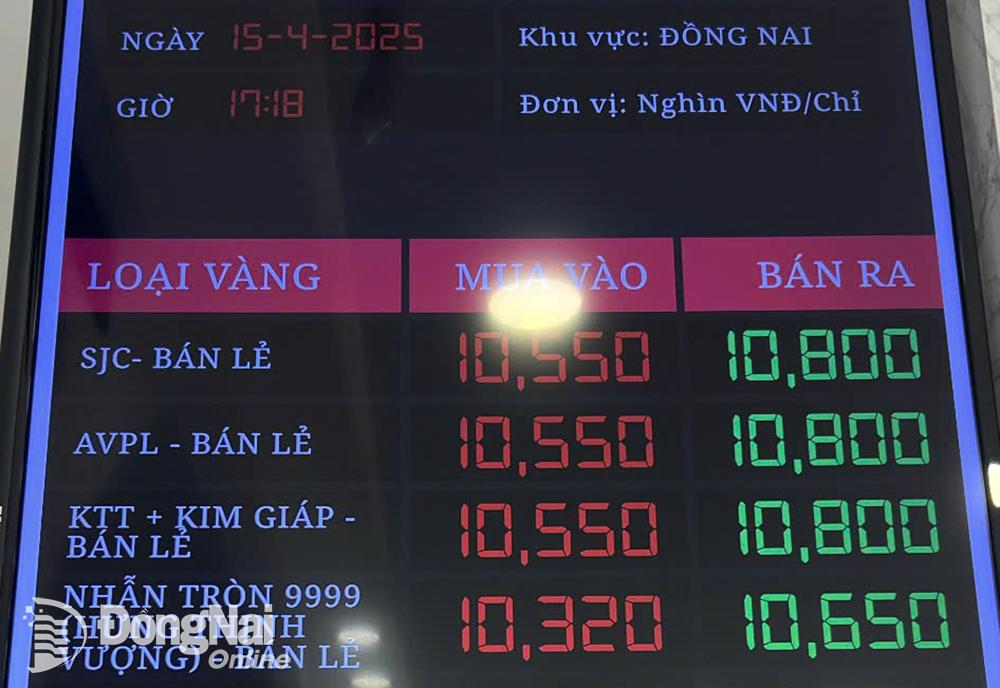


![[Photos]. Exciting Quang Ngai Carnival Street Festival welcomes you!](https://vstatic.vietnam.vn/vietnam/resource/IMAGE/2025/4/15/d6702c6449e846b8ab204b170c5f58bd)



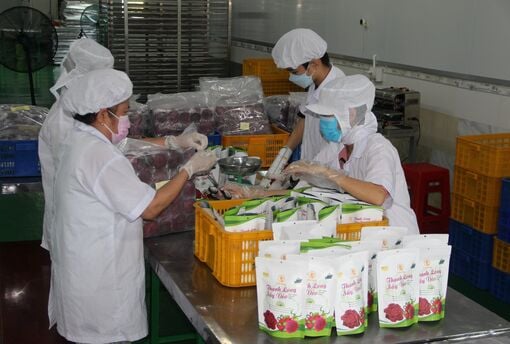


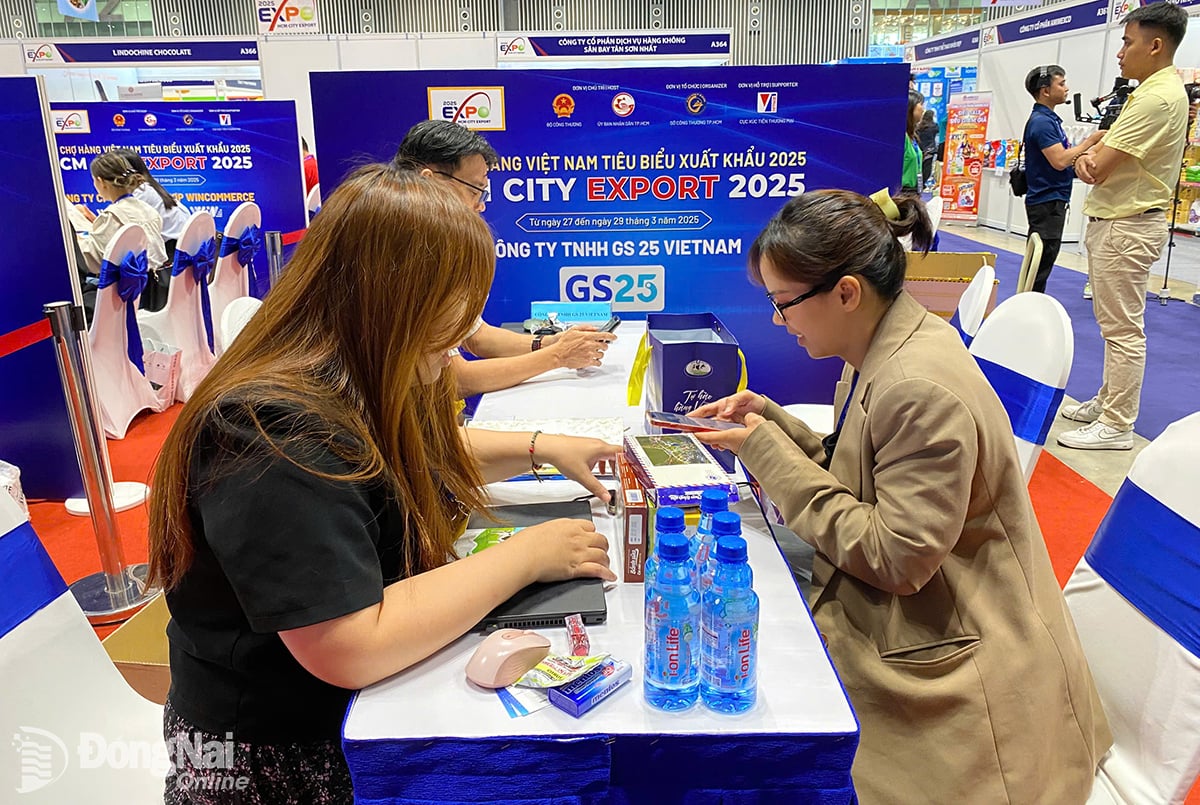
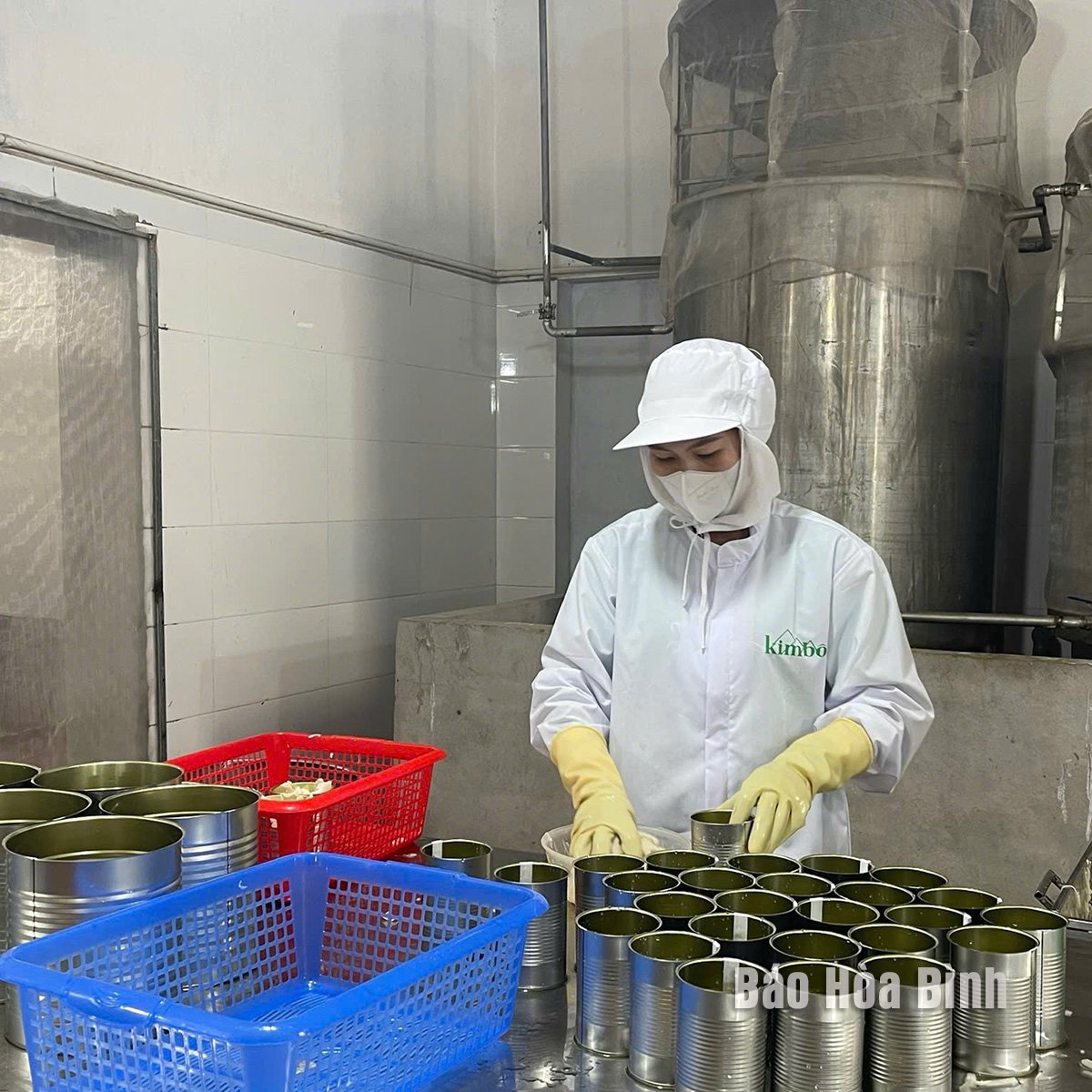
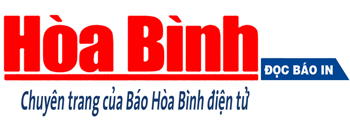
Comment (0)